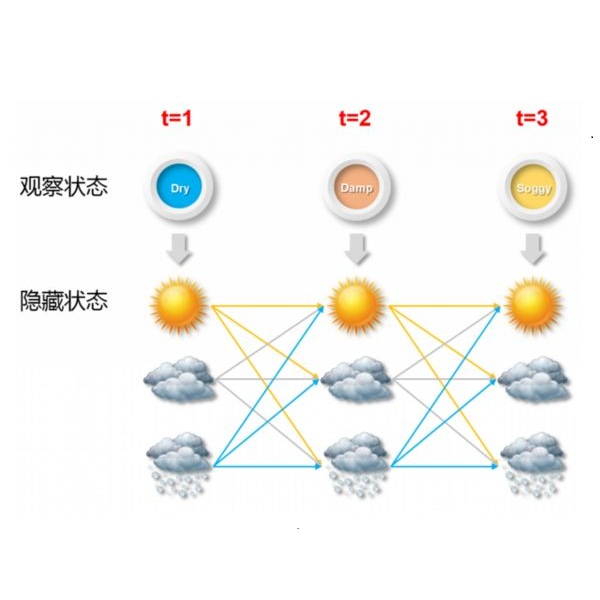Text-to-Speech (TTS) system is a system where speech is synthesized from a given text following any particular approach. Concatenative synthesis, Hidden Markov Model (HMM) based synthesis, Deep Learning (DL) based synthesis with multiple building blocks, etc. are the main approaches for implementing a TTS system. Here, we are presenting our deep learning-based end-to-end Bangla speech synthesis system. It has been implemented with minimal human annotation using only 3 major components (Encoder, Decoder, Post-processing net including waveform synthesis). It does not require any frontend preprocessor and Grapheme-to-Phoneme (G2P) converter. Our model has been trained with phonetically balanced 20 hours of single speaker speech data. It has obtained a 3.79 Mean Opinion Score (MOS) on a scale of 5.0 as subjective evaluation and a 0.77 Perceptual Evaluation of Speech Quality(PESQ) score on a scale of [-0.5, 4.5] as objective evaluation. It is outperforming all existing non-commercial state-of-the-art Bangla TTS systems based on naturalness.
翻译:文本到语音系统(TTS)是一个根据任何特定方法从特定文本合成语音的系统。 执行 TTS 系统的主要方法包括: 执行 TTS 系统的主要方法包括: 基于 深学习的 端到 端的 Bangla 语音合成系统。 仅使用3个主要部件( Encoder、 Decoder、 后处理网, 包括波形合成),以最小的人类注解方式实施该系统。 它不需要任何前端预处理器和Gapeme- Phoneme (G2P) 转换器。 我们的模型已经接受了20小时音平衡的单声调语音数据培训。 它获得了3.79 平均评分(MOS), 比例为5.0 以主观评价为尺度, 0.77 语音质量概念评价(PESQ), 比例为[-0.5、 4.5], 比例为客观评价。 它比所有现有的非商业状态的 Pangla TTS 系统都以自然状态为基础。



